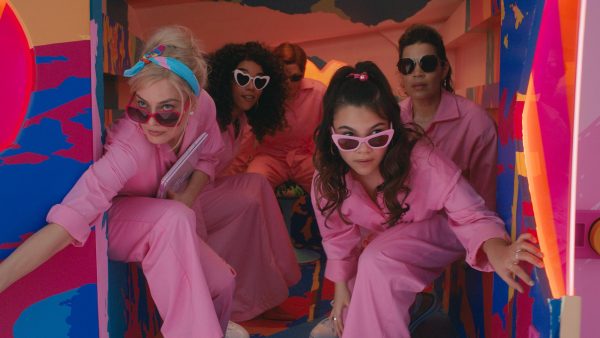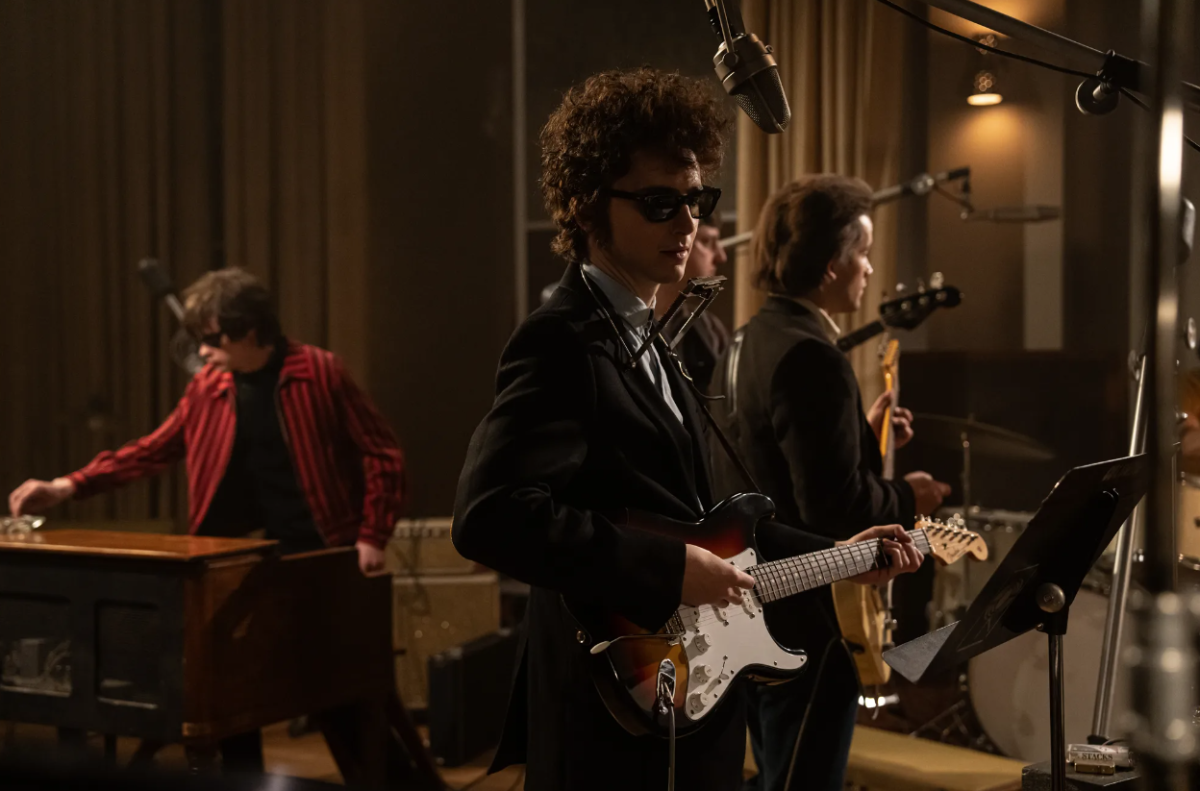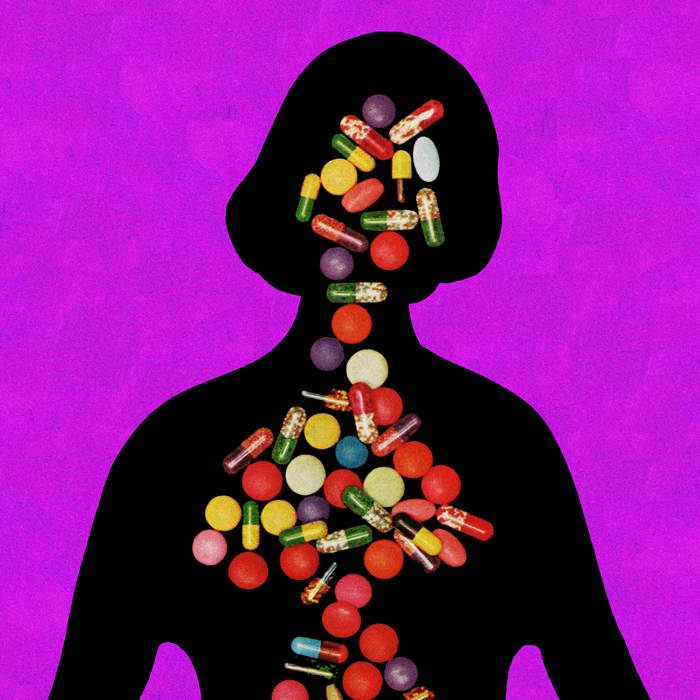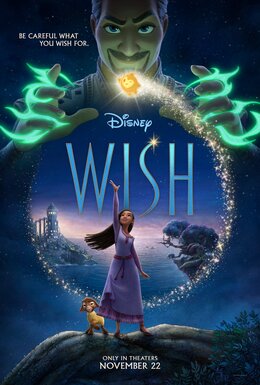
“Barbie,” Mattel Films’ first live-action movie, takes the world by storm. Since being released on July 21, the film has made an incredible $1.28 billion worldwide, making it the highest grossing film solo-directed by a woman.
As of September 12, its extended theater stay has finally come to an end and the movie has been released on Prime Video and other streaming platforms.
The Barbie doll and previous movies has always been popular to a certain extent in past generations, but this movie has revived women’s love for the franchise.
Although the film is nearly two hours in length, it is packed with imagination and inspiring words. Within the film lies bizarre sets that some viewers may believe were computer-generated imagery (CIG.) However, every set in the movie was physically made from scratch to create the real feeling of Barbie Land. In the making of Barbie Land, the directors used both 2-D and 3-D cutouts. Alongside the cutouts were 50-foot-tall painted skylines, which look much more detailed than one might expect. These skylines wrapped around the set, and the closer the viewer got to the center, the more 3-D they appeared.
The director of Barbie, Greta Gerwig, wants people to understand the perspective of women, which she reveals throughout the movie. Gerwig is known for her women-empowering films, such as popular movies Little Women and Lady Bird.
In all of her films, Gerwig brilliantly represents feminism and the problems society faces as a whole when it is ruled by one gender.
In a WBUR article, published the day the film was released, Gerwig said, “I want the movie [Barbie] to make people feel somewhat relieved of the tightrope. We ask ourselves — not just as women, men too — that we walk this impossible tightrope of being perfect.”
Gerwig conveys that Barbie is shown as a symbol or status that no one can ever attain, but she wanted to reverse that. She wanted to find a way for people to be comfortable just being themselves and know they are enough.
The movie stars Margot Robbie, who plays Stereotypical Barbie, and Ryan Gosling, who plays Ken; they are both the main Barbie and Ken in the movie. The movie centers around Barbie as the vision for what women can be in the real world.
Unfortunately, in the film, Barbie (Robbie) soon finds out the real world is not even close to how she pictured it. In Barbie Land, all women are in charge and make all the decisions, while Kens let them flourish. In the real world, it is quite the opposite.
The movie cast consists of so many well-known actors and actresses playing all the Barbies and Kens. Robbie is the perfect casting for Barbie; the stereotypical blonde-haired, blue-eyed girl fits the part incredibly well and radiates the type of energy this movie needed.
Stereotypical Barbie is the most popular in Barbie Land. At the beginning of the movie, Barbie Land is perfect, just as anyone would expect. Stereotypical Barbie is soon met with an existential crisis and consults the other Barbie’s on what to do. Her feet have gone flat, and she begins to have uncontrollable thoughts of death, which is not typical for Barbies in Barbie Land.
To solve her issue, Barbie has to venture into the real world. She is told she has to find her person. In other words, she needs to find her owner. Barbie is someone’s doll in the human world, so if her person is struggling and having negative thoughts, Barbie will experience the same feelings in Barbie Land. Barbie has to go to the real world to understand who she is and discover her true purpose.

Barbie was frightened to start her adventure but did not anticipate how difficult the road through the real world would be. Barbie soon realizes how different women are treated in the real world as compared to Barbie Land. She gets catcalled, laughed at, and made fun of for simply existing in Los Angeles. While Barbie discovers harsh truths along the way, she finally finds and is supported by her person, Gloria, played by America Ferrera.
The movie itself unravels Barbie’s unrealistic body type and illustrates the issues that arise when young girls idealize the stereotypical Barbie aesthetic. In fact, the character of Gloria has a speech during the movie, frustratedly explaining how women are expected to live up to unrealistic societal expectations creating paradoxical situations which are unachievable as a human in our society.
“You have to be thin, but not too thin. And you can never say you want to be thin. You have to say you want to be healthy, but also you have to be thin. You have to have money, but you can’t ask for money because that’s crass. You have to be a boss, but you can’t be mean… You have to answer for men’s bad behavior, which is insane, but if you point that out, you’re accused of complaining. You’re supposed to stay pretty for men, but not so pretty that you tempt them too much or that you threaten other women because you’re supposed to be a part of the sisterhood. But always stand out and always be grateful,”
These are only a few things said within Gloria’s speech, motivating all the other Barbies to stand up for themselves and reclaim Barbie Land from Ken’s misguided clutches. Her speech was truly felt and gave a voice to millions of women around the world trapped in the same impossible expectations.
Gloria used these passionate words to snap the Barbies back into their reality. Unlike the Kens failed attempts at establishing a patriarchy, Barbies tried to diminish the patriarchy and make Barbies and Kens more equal throughout Barbie Land.
Ruth Handler, the creator of Barbie, is played by Rhea Perlman in the movie. Near the end of the film, Barbie wrestles with the decision to take the next step to become human or stay in Barbie Land maintaining her status quo.
Handler explains to Barbie that she can become anyone she wants to be and cannot be controlled, just as Ruth cannot control her own daughter, who Barbie is named after.
“We mothers stand still so that our daughters can look back and see how far they’ve come,” said Handler.
Another female focus of the film was Gerwig’s continuous representation of mother-daughter relationships. As women grow up, they begin to understand their mothers in a different perspective, and this is what Handler tries to explain to Barbie.
Gerwig highlights this message through Gloria’s relationship with her daughter, Sasha. As Sasha grows up into a teenager, she begins pushing her mother away, creating distance in their relationship. Once Gloria and Sasha met Barbie, they came to understand one another in a new way and grew closer.
Barbie has not only influenced women around the world but students closer to home in the Linganore community.
Linganore High School (LHS) senior Gabrielle Evans said the film took her by surprise.
“I thought the Barbie movie was good, but it was not what I expected from a movie about a doll,” said Evans.
Evans believes Gerwig did a great job with the film: keeping the movie light-hearted while giving people pause to think about an aspect of our society that gets overlooked by some.
Linganore sophomore Alex Pietanza had a similar opinion on the movie as a whole. She indicated that the film shined a light on women’s role in society.
“I really enjoyed it and think more people should see it to understand the true message it brings,” said Pietanza.
“Barbie” would not be the same without its excessive amount of pink and the little important details that play a big role. Women have been touched by the movie and everyone walked out of theaters with a different perspective than before, including men. Barbie influenced everyone’s understanding of the world with inspiring conversations about gender equality.



















